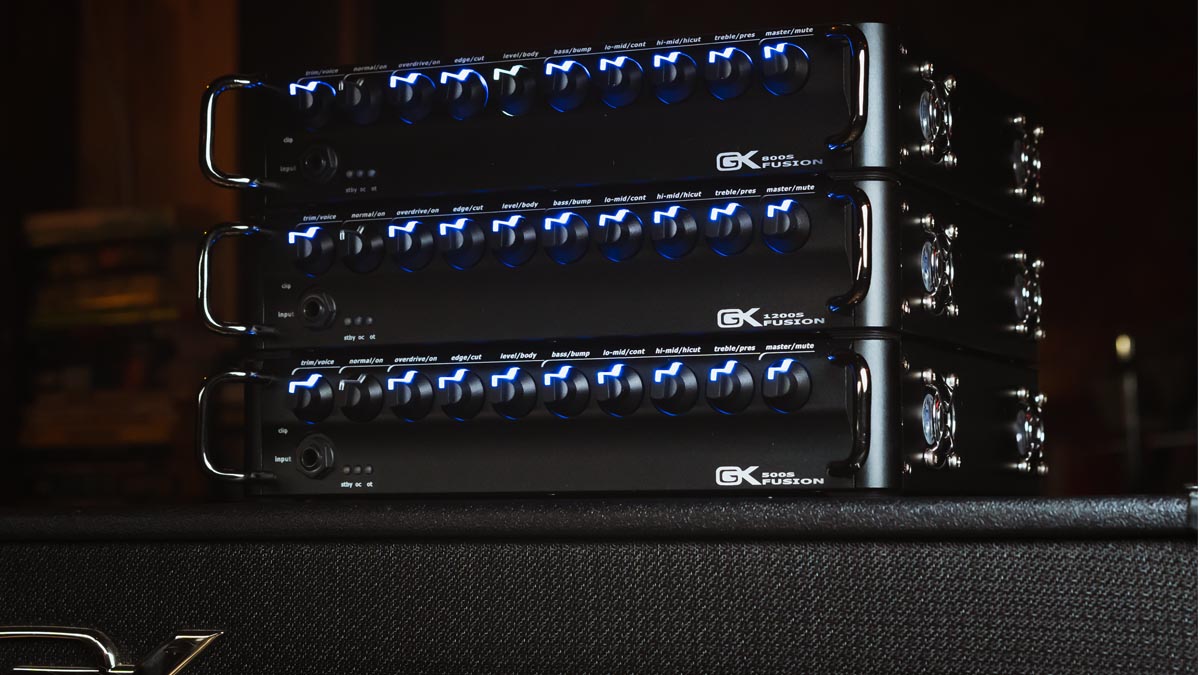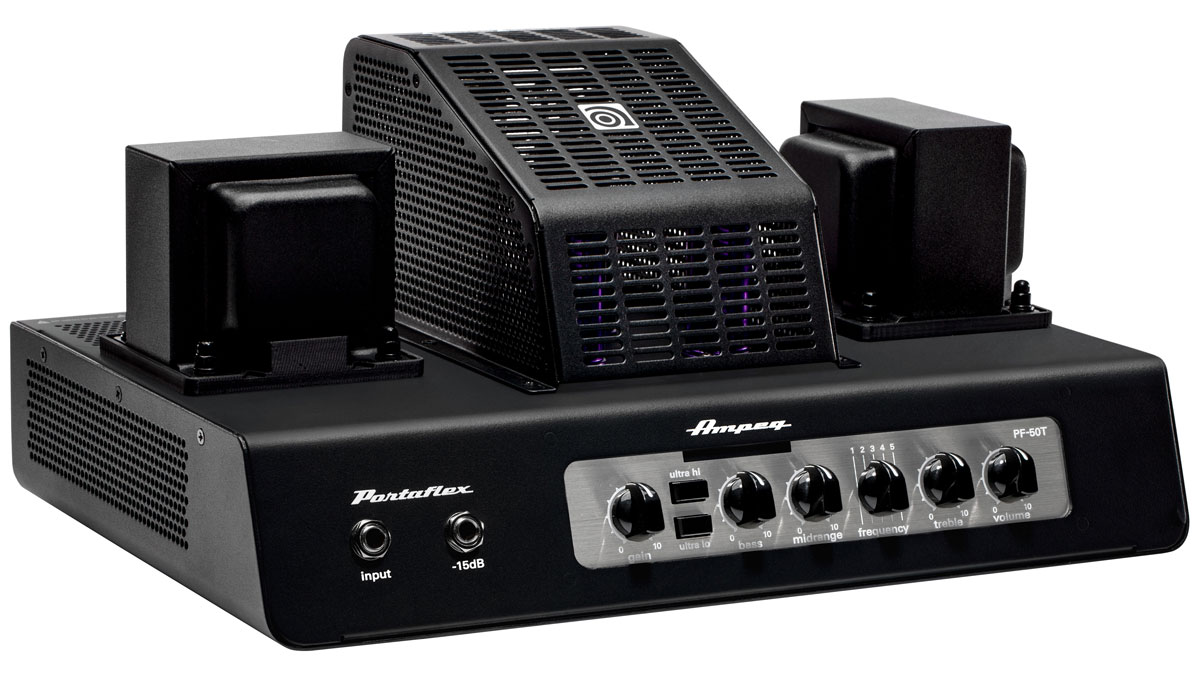Tube vs solid-state bass amps: what you need to know
Breaking down the difference between lightweight solid-state designs and sought-after tube-driven heads

Hey everyone! In my last column, I looked at the workings inside a typical solid-state bass amp. Let’s now look at tube amps: what are they, and how do they differ from solid-state units?
First of all, we tend to think of tube amplifiers as rather old technology, because the tubes themselves – otherwise known as ‘tubes’, ‘vacuum tubes’, and ‘thermionic valves’ – were invented as far back as the first decade of the 20th century. Tube amplifiers are still in production, of course, although in smaller numbers for us bassists compared to our guitar-playing colleagues.
Let’s look at why we still love this so-called ‘old’ tech.
All right, then. Why should we care about valves?
Well, before tiny integrated circuits such as transistors existed, the majestic vacuum tube – with that recognizable glow – supplied all of our amplification needs for many years. I recall reading my dad’s electronics manuals when I was a teen, learning all about thermionic emission.
This method of amplification takes place with the help of a vacuum, and requires heat and high voltages to get those electrons flowing. The way that the tubes and these other components perform this amplification results in a sound that is pleasing to the ear, especially where distortion is concerned.
When you play through a tube amp and speaker, the way that the gear reacts to the transients and dynamics in your playing is what we refer to as the ‘feel’ of an amplifier.

Do different tubes have different sounds, then?
Yes, although the differences can be very subtle, especially when you’re swapping them in and out of the same amplifier. You’ll definitely notice more of a difference when you upgrade worn or poor-quality tubes to premium ‘noise and drive tested’ replacements, though.
Get The Pick Newsletter
All the latest guitar news, interviews, lessons, reviews, deals and more, direct to your inbox!
On which note, preamplifier tubes can last many years with no noticeable change to their operation. Power amplifier tubes can wear out sooner as they work harder. If your sound becomes less clear, the volume drops or extraneous noise can be heard through the speakers, it could be time to get those tubes checked out.
Are tube amps so big because of the size of the tubes?
Yes. Tube amps also require large power supplies and transformers, which are often chunky, too. This translates to lugging something around that can weigh up to 65 pounds. An Ampeg SVT II is a good example. Note that due to the nature of their technology, solid-state amps can pack more output into smaller boxes.
Conversely, are solid-state amplifiers always light?
Well, not always. Newer Class-D amps which use switch-mode power supplies are generally no heavier than a few pounds, but there is a lot of love for heavy, non-valve amps out there.
These units are sometimes nicknamed ‘lead sleds’, due to their weight – this is possibly a retro reference to modified American cars of the '50s. These amplifiers are often rack-mountable and contain chunky power supplies.
- Best bass amps: 10 high-quality low-end amplification options for bassists
Doesn’t a heavier weight mean a bigger sound, though?
Interestingly, it has been claimed that the sound of ‘lead sleds’ and tube amps carry more weight tonally. There are a number of reasons why this can appear to be so, but there are too many variables to make this theory watertight.
Aren’t tube amps more likely to break?
Those tubes are made of glass, after all. Glass is obviously more delicate, but although it’s not advisable to do this, I’ve often kept my uncased tube amps in a van for months on end without suffering any broken tubes.
What else do I need to know?
Never run a tube amplifier without a load attached, such as a speaker. Solid-state amps will happily run without this, which makes them convenient when you’re using them only to record or with in-ear monitoring.
So what does the future hold for tube amps?
Many amp manufacturers have stopped making all-tube models, due to less demand and high production costs.
Still, there are many great bargains to be had on the second-hand market. Consider what you need from your amp – do the magical tone properties of valves really outweigh those exhausting load-outs with a heavyweight amplifier?
- Save cash with one of the best budget bass amps
“Our goal is to stay at the forefront of amplification innovation”: How Seymour Duncan set out to create the ultimate bass amp solution by pushing its PowerStage lineup to greater heights
“It’s a game-changer for me”: Laney and Nathan East team up for a versatile signature bass head that ends a 40-year wait for the session legend

![A black-and-white action shot of Sergeant Thunderhoof perform live: [from left] Mark Sayer, Dan Flitcroft, Jim Camp and Josh Gallop](https://cdn.mos.cms.futurecdn.net/am3UhJbsxAE239XRRZ8zC8.jpg)








